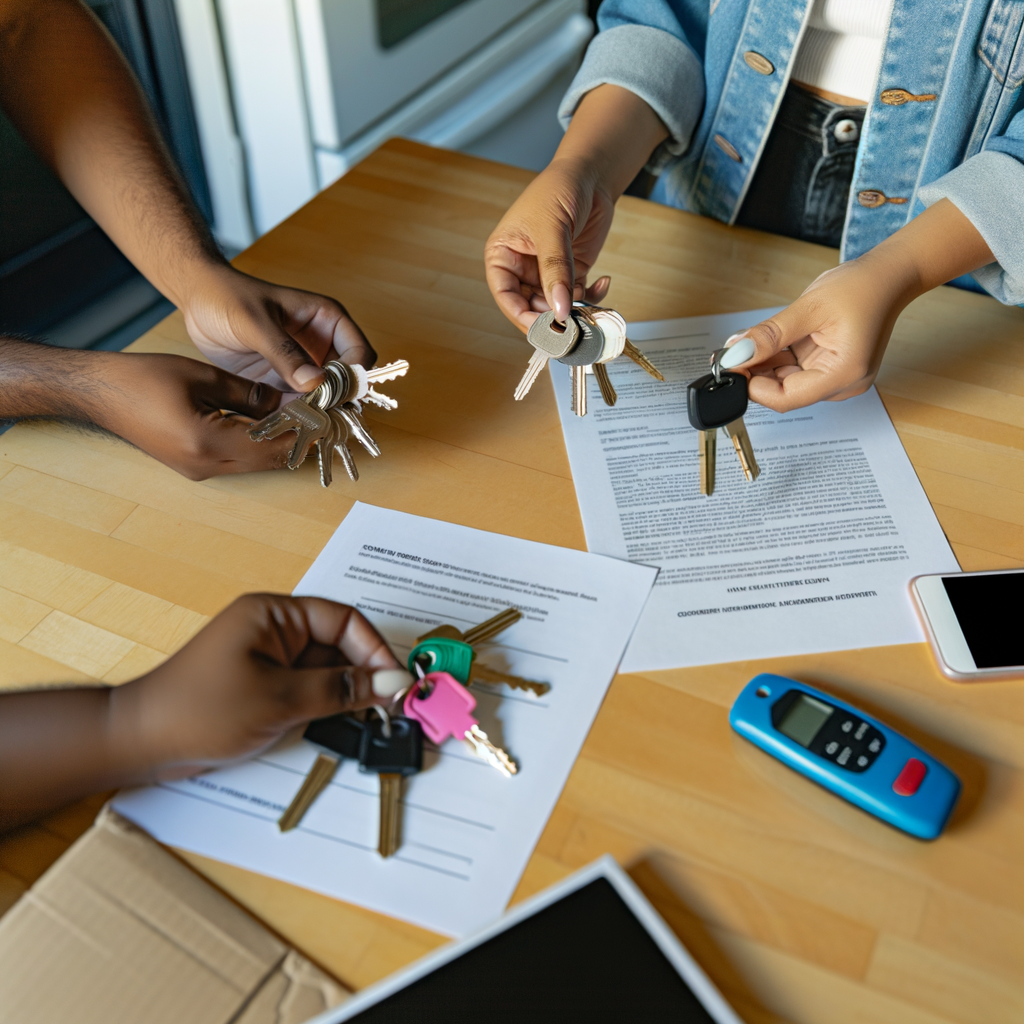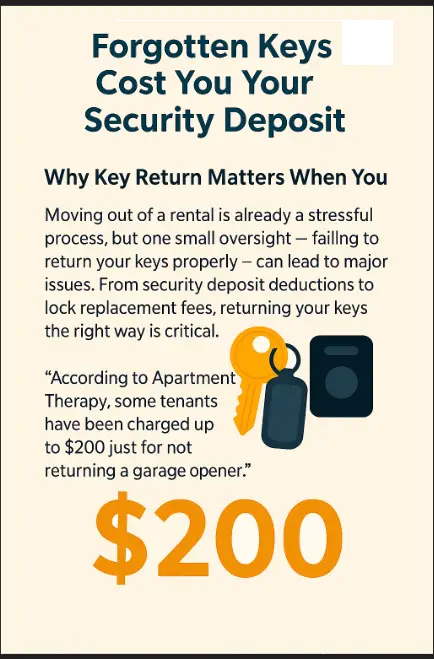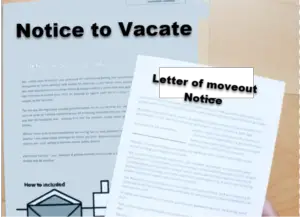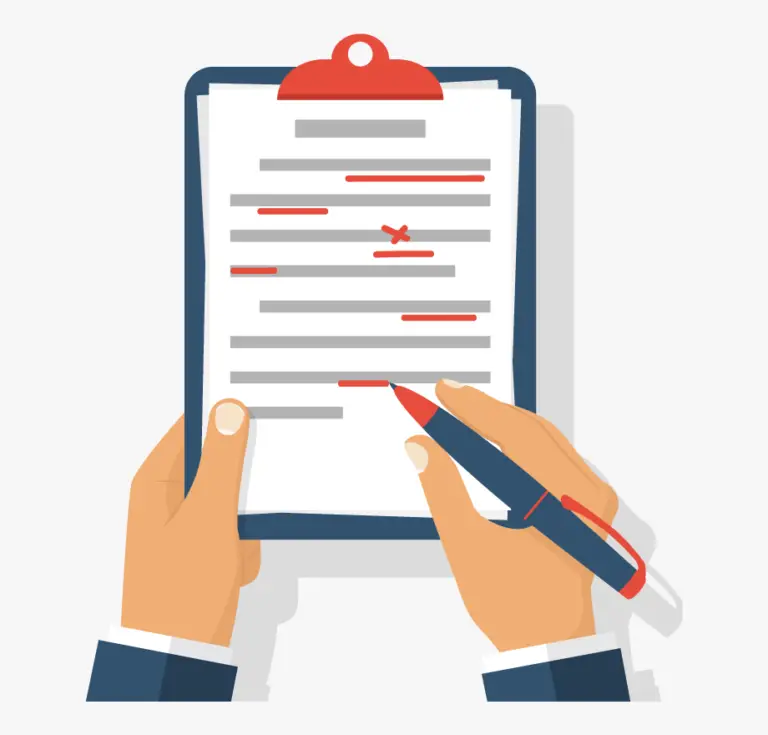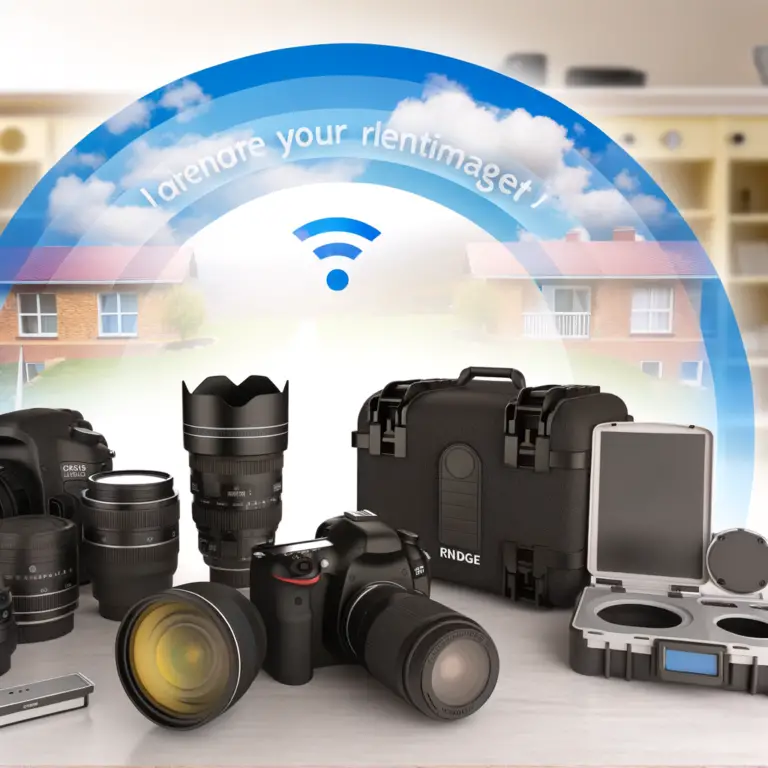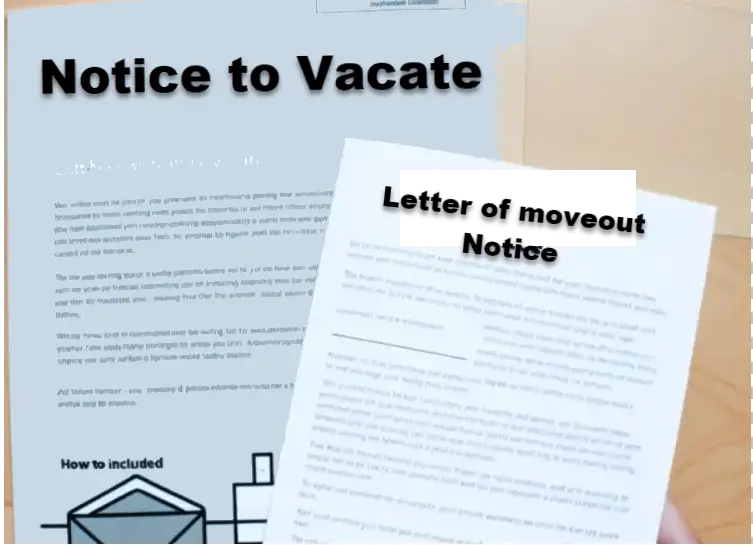How to Return Rental Property Keys Without Losing Your Deposit
Why Key Return Matters When You Move Out
Moving out of a rental is already a stressful process, but one small oversight — failing to return your keys properly — can lead to major issues. From security deposit deductions to lock replacement fees, returning your keys the right way is critical.
According to Apartment Therapy, some tenants have been charged up to $200 just for not returning a garage opener. Don’t let that be you.
Review Your Lease Agreement First
Before you even start packing, go back to your lease agreement. Most landlords spell out the exact process and timeline for returning all access devices. Look for details like:
- Which keys and devices must be returned
- Deadlines for return (usually on or before move-out)
- Fees for lost or unreturned items
If anything is unclear, don’t hesitate to contact your landlord or property manager.
All the Keys and Access Devices You Must Return
It’s more than just your front door key. Most rentals issue a range of access items, including:
- Apartment or house keys
- Mailbox keys
- Garage Door Openers
- Security fobs or access cards
- Laundry room keys
- Gate remotes or community access tags
Pro Tip: Keep a checklist as you pack and verify each item before handoff.
Steps for a Hassle-Free Key Return
1. Confirm Your Move-Out Date
Schedule a final inspection with your landlord and confirm when and how the keys should be returned. This ensures everyone’s on the same page and helps you avoid late fees.
2. Gather and Label Everything
Place all keys in a clearly labeled envelope. Mark it with your apartment number and date. If you’re returning a remote or fob, consider wrapping it with padding to avoid damage.
3. Use the Landlord’s Preferred Return Method
Typical return methods include:
- In-person handoff is best for getting a signed receipt.
- Drop-off box – Be sure to photograph the envelope before dropping it.
- Certified mail – Trackable and secure, ideal for long-distance returns.
4. Get Written Confirmation
Request an email or signed document confirming that all items were returned in full. This small step can protect you from disputes or false claims weeks later.
“A properly documented move-out process can prevent misunderstanding and ensure a smooth transition for both landlords and tenants.” – U.S. Department of Housing and Urban Development
What Happens If You Forget or Lose a Key?
If you can’t find a key or forget to return one, here’s what you might face:
- Security deposit deductions –usually $50–$200 depending on the item.
- Rekeying fees – The landlord may replace the locks entirely.
- Lease penalties – Some agreements include specific fines for key issues.
Honesty helps—let your landlord know ASAP if something is missing. Some may offer a grace period or replacement options.
Tips to Avoid Key Return Problems
- Make spare copies early in your lease in case of loss.
- Use a dedicated hook or bowl to keep all keys in one place.
- Communicate quickly if any access device is damaged or misplaced.
- Do a full walkthrough the day before move-out to collect everything.
Final Thoughts
Returning your keys may seem like a minor detail, but it can have big financial implications. By planning, reading your lease carefully, and documenting the return process, you can protect your deposit and leave your rental on good terms.
As one tenant shared on Reddit, “I returned everything but forgot the laundry card. My landlord docked $35 from my deposit!” Don’t let that be your story—every key counts.

